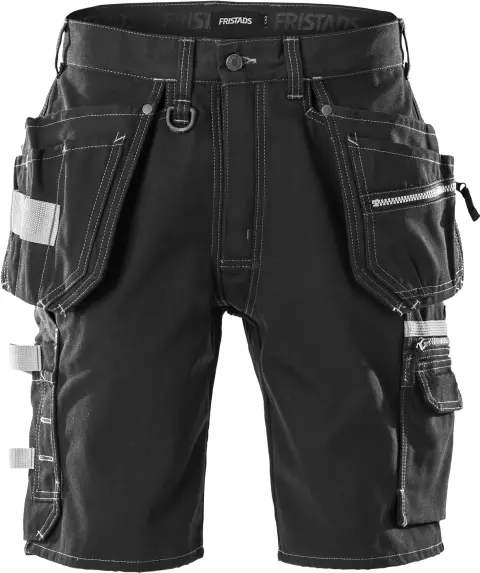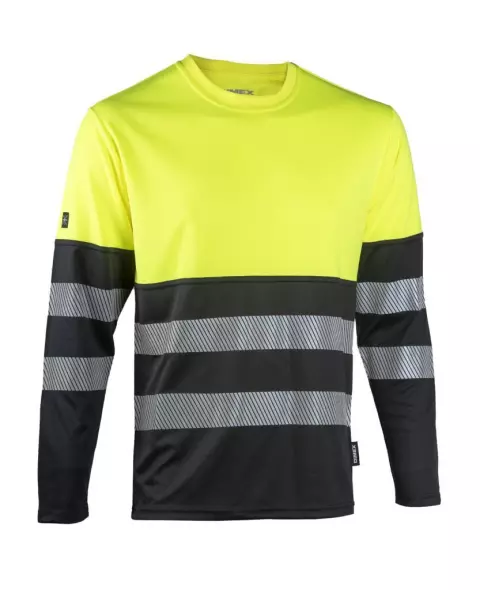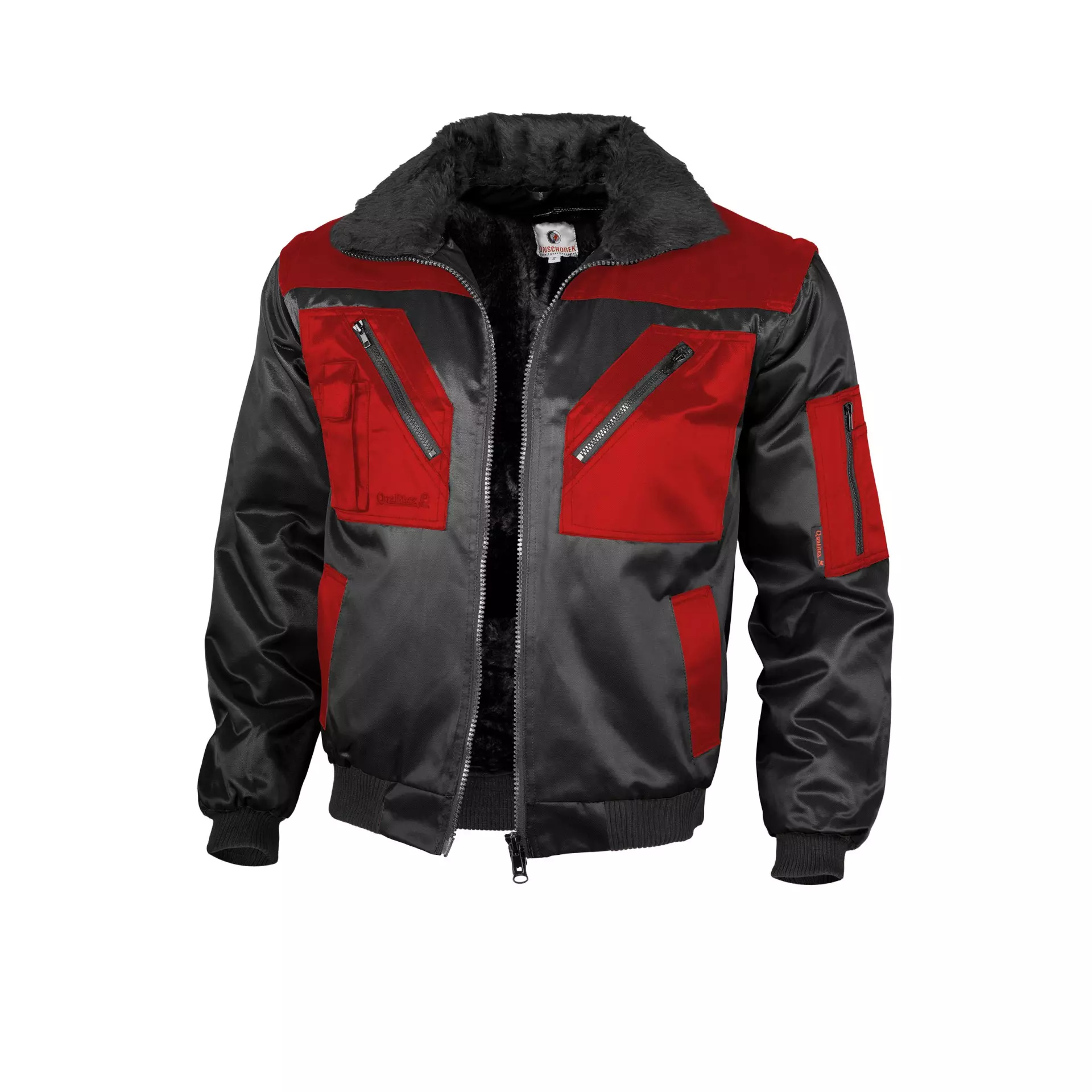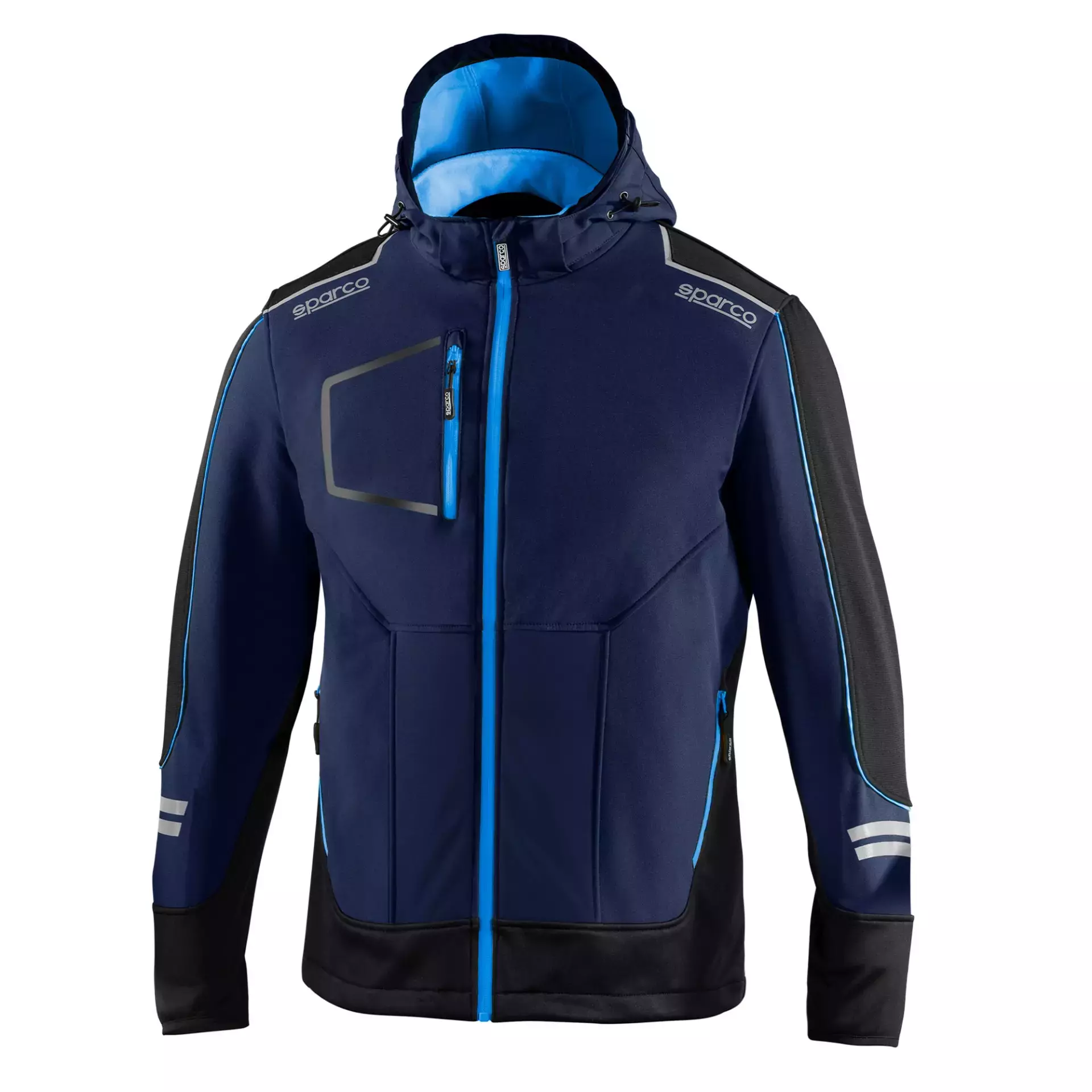
Essential PPE in the Food Industry: What You Need to Know
Overwhelmed by PPE options for food safety? Master your PPE selection for food workers safety with these practical tips.

Get 20€ off on your first order!
Choosing the right lumen output for your work headlamp can be tricky, but we’re here to help. In this guide, we’ll show you exactly how to pick the ideal brightness for your tasks, whether you’re working indoors or outdoors. By the end, you’ll have the knowledge to select the perfect headlamp for your job.
We’ll cover everything from lumen ranges and beam types to battery options and safety certifications, ensuring you’re equipped with the best gear. Plus, we’ll offer guidance on additional accessories to enhance your setup, solving any concerns you might have along the way.
For a broader understanding of selecting the best headlamp for work, refer to our Comprehensive Guide to Choosing the Best Headlamp for Work.
A lumen is a unit of measurement for the total visible light emitted by a source. Higher lumens provide brighter light, enhancing visibility and precision in various work settings. For example, orking in a dark tunnel benefits greatly from higher lumens to improve visibility compared to well-lit workshop tasks.
To break it down:
Before purchasing a work headlamp, assess your specific job requirements. Consider these factors:
Here’s a quick guide to help professionals determine the right lumen output, based on common work scenarios and their specific lighting needs:
| Profession | Recommended Lumen Range | Additional Features |
| Electricians | 150-300 lumens | Adjustable beam focus |
| Construction Workers | 300-600 lumens | Durability, IPX waterproof rating |
| Emergency Responders | 600-1,000 lumens | High beam distance, red light mode |
| Mechanics | 200-400 lumens | Magnetic mount, swivel head |
| Outdoor Inspectors | 500-1,000 lumens | Long battery life, wide beam angle |

The type of beam and its color temperature also influence visibility. Headlamps generally offer three beam types:
Color temperature, measured in Kelvin (K), affects light perception:
For European workers, ensure your headlamp complies with EN ISO 12312-2 standards for safety and brightness. Learn more about EN Standards from this guide in Wikipedia.
Certifications such as CE marking signify adherence to EU safety and quality standards, giving you confidence in your headlamp’s reliability.
Headlamps with waterproof and dustproof ratings like IPX4 or higher offer dependable performance, even in challenging outdoor or dusty settings. For a deeper dive into waterproof standards, read our article on IPX ratings for work headlamps.
Adjustable brightness levels in modern headlamps allow you to tailor light output for both detailed inspections and broader tasks, enhancing efficiency. For example, a 1,000-lumen headlamp might have low, medium, and high settings to conserve battery when maximum brightness isn’t needed.
Battery type is another consideration:
Pairing your headlamp with other safety gear enhances overall protection. Consider hard hats or safety helmets, which often come with mounts for attaching headlamps. Browse our Hard Hats and Safety Helmets collection for compatible options.
For additional tips on choosing head protection, check out our guide on Selecting the Right Headgear.
We hope this guide has helped you understand the key factors in selecting the right headlamp for your work, from lumen output to beam types and battery options. Whether you’re in construction, maintenance, or working outdoors, we’re here to help you make an informed decision.
Explore our wide selection of work headlamps on Droppe, featuring trusted brands designed to meet the highest standards.
For more guidance, revisit our Comprehensive Headlamp Buying Guide and explore related articles like Choosing the Right Headlamps for Construction.
If you have any questions or need further assistance in choosing the perfect headlamp for your tasks, don’t hesitate to reach out. We’re here to ensure your safety and satisfaction with every purchase.
– The Droppe Team
Look for an IPX rating (e.g., IPX4 or higher) to ensure water resistance for outdoor or wet environments.
Yes! A combination beam headlamp offers both focused and wide light, perfect for versatile tasks.
Use lower brightness settings when maximum light isn’t required, and choose rechargeable batteries for long-term use.
Cool light (5,000-6,500K) enhances detail, while warm light (2,500-3,500K) is more comfortable for extended use.
Many headlamps feature adjustable brightness settings, allowing you to customize the light for different tasks.
Thank you! You've signed up for our newsletter.



















Overwhelmed by PPE options for food safety? Master your PPE selection for food workers safety with these practical tips.

Struggling to maintain clear vision in demanding environments? This guide is here to help. By the end, you’ll know exactly...

Electricians across Europe face unique challenges that require reliable safety glasses to ensure both protection and efficiency. Whether safeguarding against...

Overwhelmed by PPE options for food safety? Master your PPE selection for food workers safety with these practical tips.

Struggling to maintain clear vision in demanding environments? This guide is here to help. By the end, you’ll know exactly...

Electricians across Europe face unique challenges that require reliable safety glasses to ensure both protection and efficiency. Whether safeguarding against...
Get 20€ off on your first order!
Save 30% by buying directly from brands, and get an extra 10€ off orders over €100
Save 30% by buying directly form brands, and get an extra 10€ off orders over €100